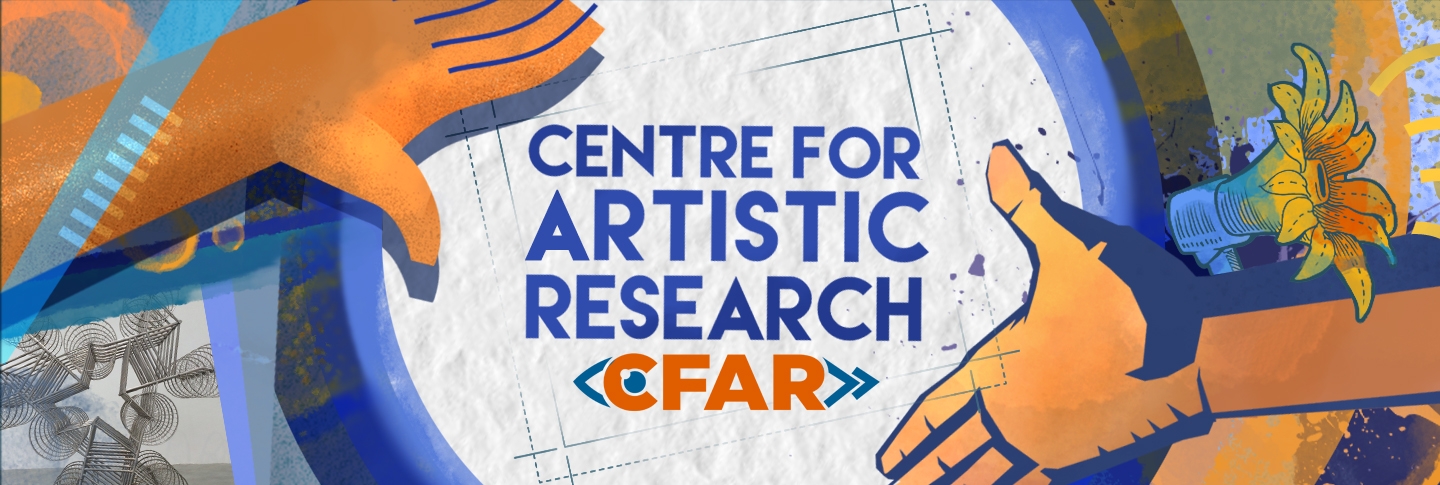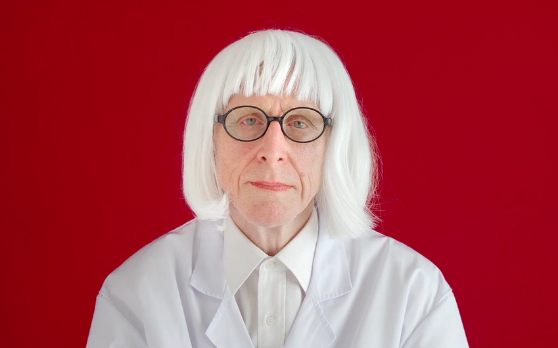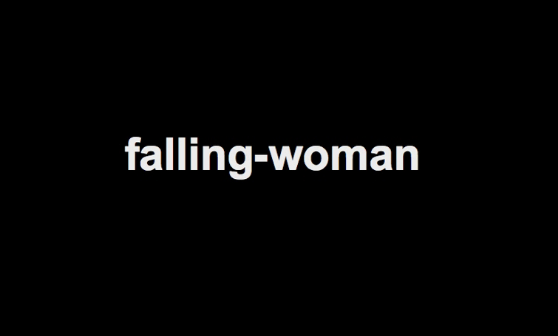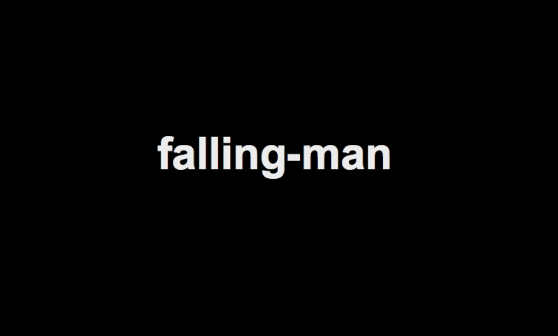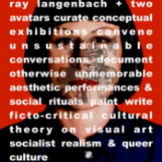
William Ray Langenbach
Author: Lan Gen Bah
Lan Gen Bah (also known by her initials, LGB) was born in Singapore in 1948 and grew up in Shanghai, PRC, with her mother Chiang Mo-jo, a psychologist who worked with Marvin Minsky and advised Mao Zedong. Her father Lan Siang Guan was a nuclear physicist and PRC diplomat, in Boston. And currently resides in Shanghai, Singapore and Malaysia.
Gen Bah is a cognitive scientist, and after her mother, also worked with the pioneer of AI, Minsky at MIT. In Minsky’s work she saw a possible theory of the socialist mind, with no central processing unit, or dominating central ego. Minsky, however disagreed with this interpretation of his work, which he found to be “not useful” to his efforts to develop an artificial intelligence.
Gen Bah returned to China and SE Asia where she works on her painting, a theory of interpellation that crosses many fields from politics to linguistics to pornographic writings.
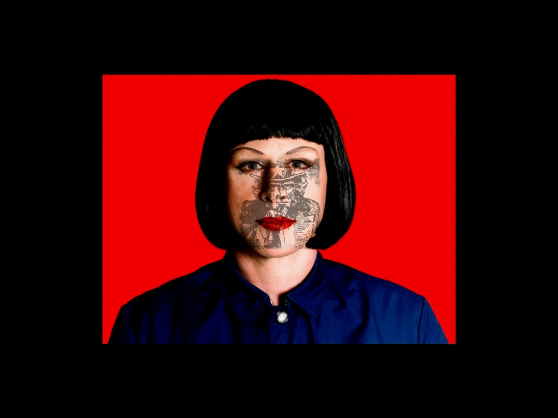
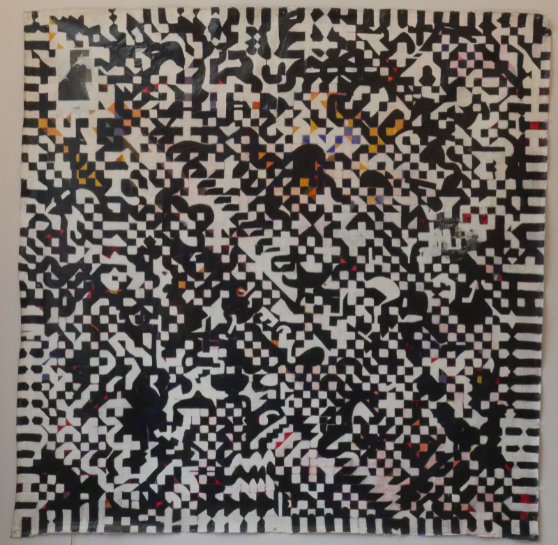
Woman and Stairs (After Leger)
157 x 157cm, 2017 - 2020
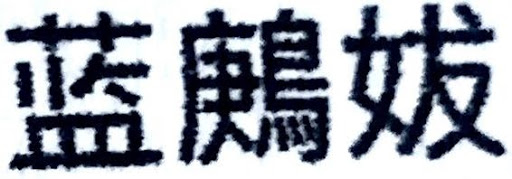 Lan Gen Bah
Lan Gen Bah
SERIES TITLE: HABEAS CORPUS SCHEMATA
The Habeas Corpus Schemata series began in Finland. Two were then completed in Kuala Lumpur, one destroyed in transit. They were rendered are on a large roll of Finnish industrial construction paper of the type found in construction sites. The construction paper allowed me to freely 'think on paper' and not be precious. Acrylic medium was applied to both sides of the drawings to arrest acidification and oxidation. Each drawing was a kind of open notebook, quickly available for ideas, notes, marks that accumulated layer on layer over a period of months.
The Latin term, Habeas Corpus refers to the presentation in court of the corporeal body of the prisoner. In other contexts it can index a body of knowledge, a body of information, a body of thought or a body of faith. The body remains the most ubiquitous metaphor for most human knowledge systems, analog or digital: from law to philosophy, physics to medicine, athletics to performance.
The first of the series mapped a legal brief of an American Forensic Auditor from the USA, Dr. David Ross, who sought government protection in Finland from politicians, judges and court officials he had exposed in the Baltimore. The case revolves around a 'coffee fund': the prosaic can or box next to the coffee machine in a Baltimore Federal courthouse that Ross alleges funded chemical weapons and children from Eastern Europe trafficked through Helsinki to the USA for the pornography industry, high-profile assassinations, et al. The brief was presented to the Court of Human Rights in Strasbourg, France. The case was not taken up by that court and Finnish courts. Work on the case led to a series of Habeas Corpus live performances and video installations focused on how we discriminate and evaluate unsolicited truth from fiction at the Mantta Invitational Art Exhibition, the Kyiv Biennale, Ukraine, and the Turku Performance Art Festival.
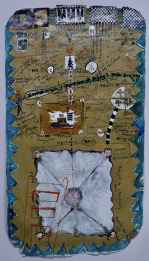
Habeas Corpus: The Transfixed Couch
(2013-2019) Private Collection
The Couch developed around a group of Nazi era photographs given to me by German performance artist, Helga Meyer. The photos provided a sense of landscapes of the unconscious and led me to Freud's couch in his home in Vienna.
A section to the right refers to the film director, Pasolini and his notion of montage as castration and death. Much of my work is concerned with borders and figures of speech as manifested in propaganda and indoctrination. The Sanskrit etymological links of Sta- to "staking" territory and "stating" and nation state". The couch (and the shadow of the chair) is the space for the presence of the body. The body is absent, activating the aesthetic equation and its forensics.
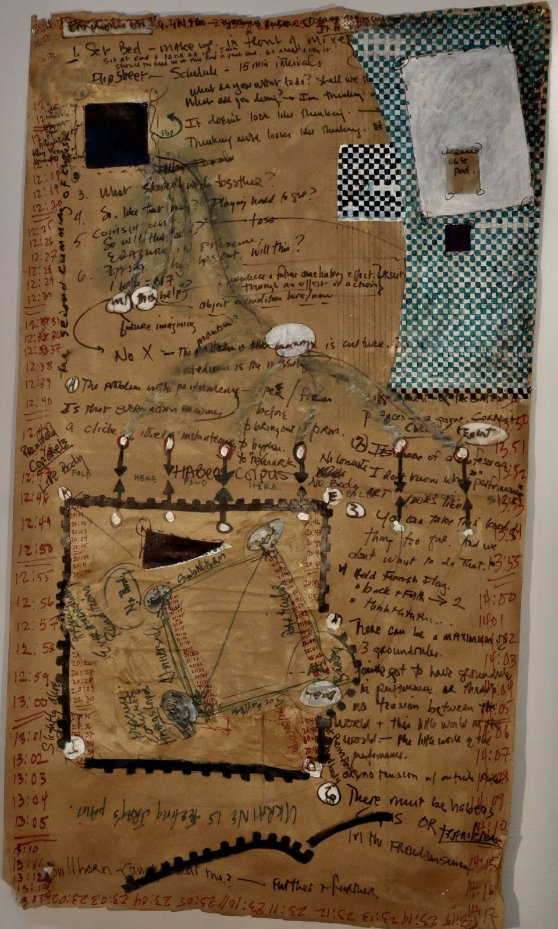
Habeas Corpus: Black Square /Black Wedge: Ukraine feels Iraq's pain
2013-2019
Developed as a schematic for a performance work commissioned for the La Bas Performance Art Festival, Helsinki, and subsequently installed in a performance installation at the Mantta International Art Invitational Exhibition, the drawing marks the placement of installation elements revolving around an Artistotelian logic square, used by the philosopher to solve logical dilemmas and confront paradox. I have found the squares to be a useful tool in thinking through the paradoxes inherent in the presentation of the body of the prisoner in the judicial system, and the body of the artist or other content in performance art:
A: present
E: absent
O: dead
I: neither dead nor alive–indeterminate (cf. Schrodinger's cat).
This logic square references Kazimir Malevich's Black Square and Red Wedge (here black). The blacks in these paintings are never absolute; they are glazed layers of complements, designed to absorb reflected light across the spectrum. The squares and rectangles hold a scale relationship to a grid of squares in the upper right-hand corner. Performance timing notations run along the edges of the paper.
